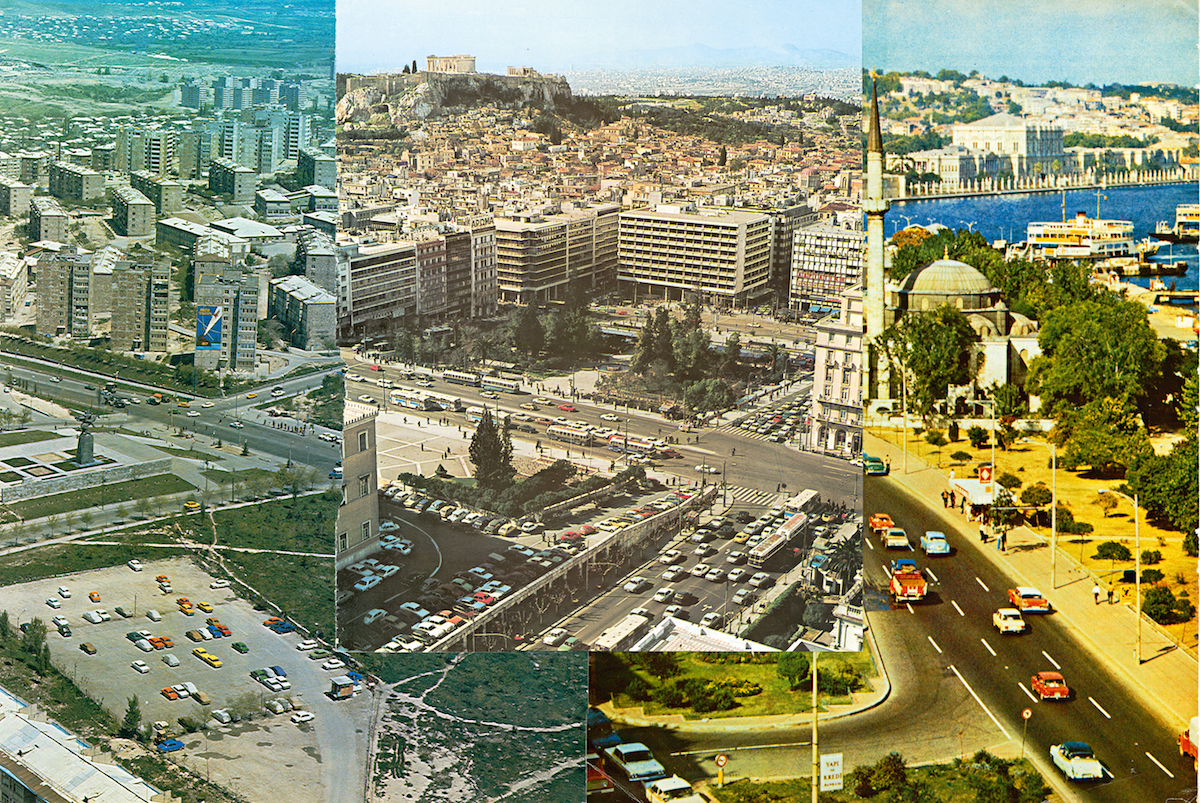The following works are by Russian artists who are using video to address the social, economical and political issues faced by the country’s young adults. The topics range from universal “Generation Y” problems such as gender roles, unemployment and unpaid internships, to troubles more specific to Russia, such as militarism, political confusion, and the transition between the Soviet and modern realities that many millennials experienced early in their lives.
Millennials and their problems have been an attractive topic for op-eds and talk shows for a while now — and often the discussion takes a condemning tone. Twenty-somethings are accused of being lazy, entitled, and narcissistic, of having short attention spans and being unable to process information that doesn’t come in bite-sized form. Their obsession with video — YouTube, Vine, etc — is often said to be part of the problem. It seems appropriate, therefore, that these artists are using the medium closest to the generation to talk about its problems. And as serious works appearing in gallery environments, they are also a way of reclaiming the medium and challenging the notion that it is only for lightweight, dumbed-down entertainment.

